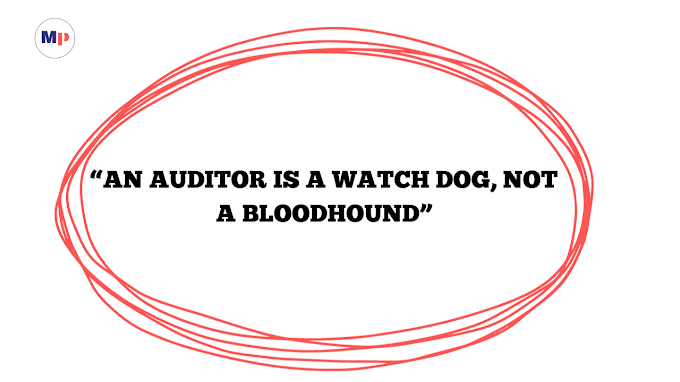BALANCED OR OPTIMAL CAPITAL STRUCTURE
Balanced or optimum
capital structure refers to an ideal combination of various sources of
long-term funds in such a way as to minimize the overall cost of capital and
maximize the market value per share. The optimum capital structure could only
be achieved when the marginal cost of each source of finance is the same.
However, it is incorrect to form an opinion that there exists an ideal mix of
debt and equity capital that will produce an optimum capital structure leading
to the maximization of market price per share. In real life, there is no single
optimal capital structure for all firms, or for the same firm at all times.
The capital structure differs from firm to firm and for the same firm from time
to time depending upon a multitude of factors. The financial manager should,
therefore, attempt to develop an appropriate
capital structure for his firm instead of trying for a utopian 'optimal
capital structure.
CHARACTERISTICS OF A BALANCED CAPITAL STRUCTURE
The financial manager should attempt to develop a sound
capital structure that is in the best interest of the shareholders and the
company. It is generally agreed that an
appropriate capital structure is one that can maximize the market price per
share in the long run. A sound capital structure should possess the following
qualities:
1. Simplicity: A sound capital structure is one that is
kept simple in the initial stage by limiting the number of issues and types
of securities. If the capital structure
is complicated from the very beginning by issuing different types of
securities, the investors hesitate to venture their investments in such a
company and the company may also face
difficulties in raising additional capital in the future. Thus, in developing
an optimum capital structure, it is advisable to issue equity and preference
shares only. Debentures and bonds should be reserved for future financial
requirements of the company.
2. Minimum Cost: A sound capital structure should attempt to
establish the security mix in such a
way as to raise the requisite funds at the lowest possible cost. The
management should also aim at keeping the expenses of issuing fixed annual
payments at a minimum to maximize the return to equity shareholders.
3. Maximum Return: A
balanced capital structure should be devised in such a way as to maximize the
profits of the corporation. With a view to maximization of return on
investments, the company should follow a proper policy of trading on equity so
as to minimize the cost of capital.
4. Minimum Risk: An
ideal capital structure should also possess the quality of minimum risk.
Business involves various risks, such as increases in taxes, rates of interest,
costs, decreases in prices and natural calamities, etc., all of which adversely
affect the company's earnings. Thus, the corporation's capital structure should
be devised in such a way as to enable it to afford the burden of these risks
easily.
5. Maximum Control: A sound capital structure has also the
quality of retaining the control of the existing shareholders on the affairs of
the company. Generally, the ultimate control of a company rests with the equity
shareholders who have the right to elect directors. Thus, while deciding the
issue of securities due consideration needs to be given to the question of
control in management. If a large number of equity shares are issued, the existing
shareholders may not be able to retain control. They should, therefore,
issue preference shares or company
debentures to the public instead of equity shares because preference shares
carry limited voting rights and
debentures do not have any voting rights.
6. Flexibility: An
optimal capital should also have the quality of flexibility in it. A
flexible capital structure enables the
company to make the necessary changes in it according to the changing
conditions. In other words, under a flexible capital structure, it is possible to
procure more capital whenever required or redeem the surplus capital.
7. Proper Liquidity: Liquidity is necessary for the solvency of a corporation. All such debts should, therefore, be avoided which threatens the solvency of the company. To ensure liquidity, investment in fixed assets and permanent working capital should be made utilizing long-term sources and similarly, the investment in fluctuating working capital should be made out of short-term sources.
8. Conservatism: A company should follow the policy of conservatism
in dividing the capital structure. This would help in maintaining the debt capacity
of the company even in unfavorable circumstances.
9. Full Utilization: A balanced capital structure is
necessary for the optimum structure of a company. Both under-capitalization
and over-capitalization are injurious to the financial interest company. Thus, there
should be proper coordination between the quantum of capital and the
financial needs of the corporation. Fair capitalization enables a company to
make full utilization of the available capital at minimum cost.
10. Balanced Leverage: A sound capital structure should
attempt of secure balanced leverage by issuing both types of securities,
i.e., ownership securities and creditorship securities. Normally, shares are
issued when the rate of capitalization is high, and debentures are issued when the rate of interest is low.





